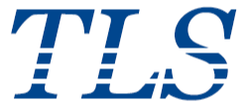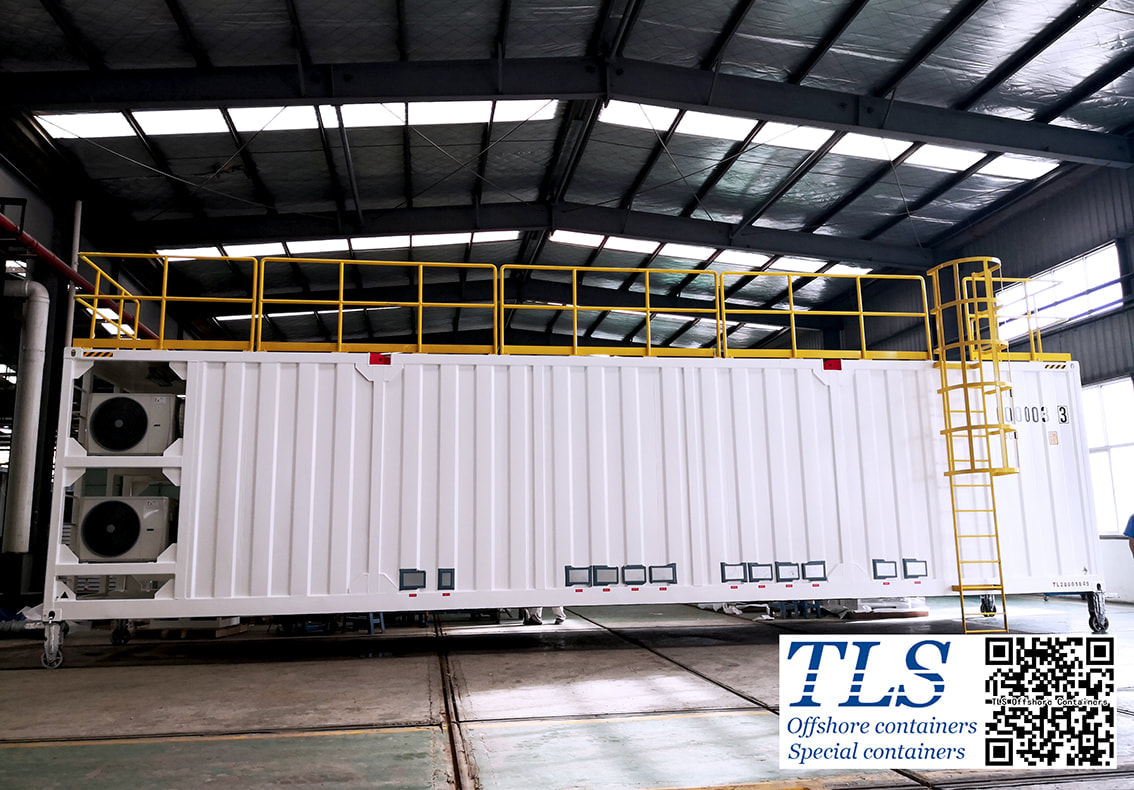|
A Motor Control Center (MCC) enclosure is a centralized system that houses motor starters, drives, and other electrical equipment for controlling and protecting electric motors in an industrial setting. In some applications, such as offshore platforms, hazardous environments, or areas with a high risk of explosion, it is necessary to use pressurized containers for MCC enclosures to maintain safety and reliability. TLS Offshore Containers International is a company that specializes in producing such pressurized containers for MCC enclosures. A pressurized MCC enclosure is designed to maintain a higher internal pressure than the surrounding environment, which helps prevent the ingress of explosive gases, dust, or other hazardous materials. This type of enclosure is typically built according to specific standards and certifications, such as ATEX, IECEx, or NEC, to ensure compliance with safety requirements in hazardous areas. Key design aspects of pressurized MCC enclosures include:
Comments are closed.
|
Archives
July 2024
Categories
All
|
- Home
-
Containerised solutions
- Intelligent pressurised container | MUD logging cabin
- Battery energy storage system (BESS) container
- Flexible grid tied battery storage system
- Laboratory container | workshop container | Equipment containers
- Temporary refuge shelter | Toxic gas refuge | Safe haven
- Offshore accommodation cabin | office container
- Reefer container | Refrigerated container
- Intelligent waste water treatment container
- Fresh water generator container
- Cargo Containers
- Product photos & videos
- News & Blogs
- Contact us
|
Featured products
Intelligent pressurised container Temporary refuge (TR) shelter, toxic gas refuge (TGR) Battery energy storage system (BESS) container Containerised waste water treatment plant Fresh water generator container Reefer container Laboratory container, Workshop container Accommodation container Offshore closed container |
All Rights Reserved 2020 © TLS Offshore Containers / TLS Energy
|

